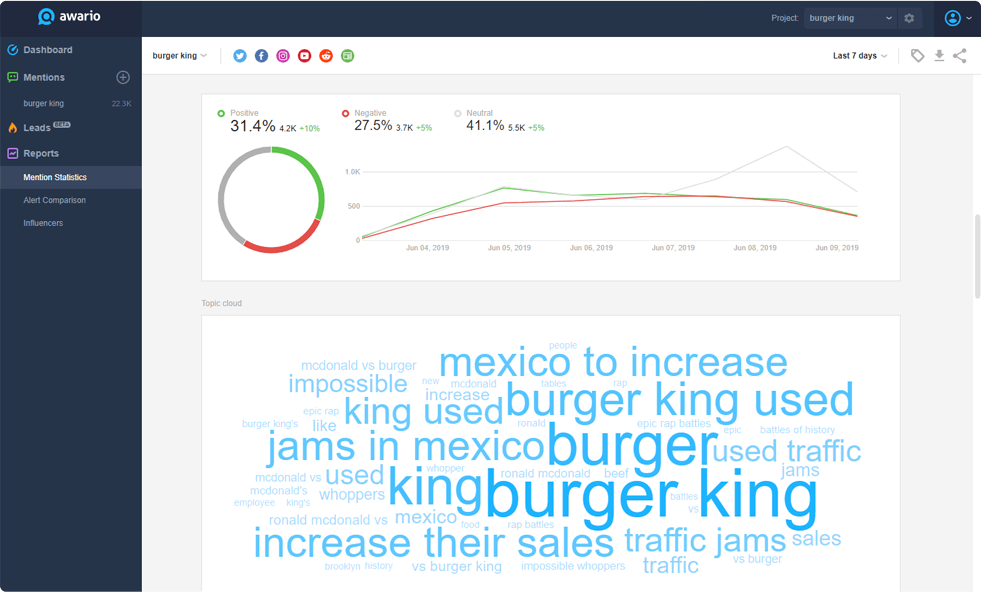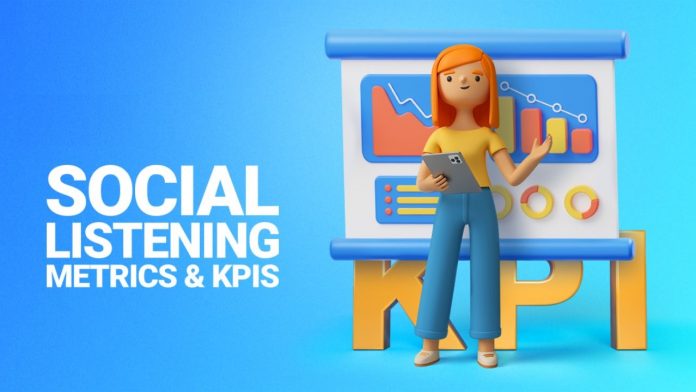In today’s digital age, where social media platforms dominate the way we communicate, the importance of social listening analysis cannot be overstated. Social listening analysis provides businesses with valuable insights into online conversations, customer sentiment, market trends, and brand reputation. In this article, we will explore what social listening analysis is, its significance, how it works, best practices, and real-life examples of its successful implementation.
What is Social Listening Analysis?

Social listening analysis, also known as social media listening or monitoring, is the process of tracking and analyzing online conversations, mentions, and interactions related to a brand, product, service, or industry. It involves monitoring various social media platforms, discussion forums, blogs, news articles, and other online sources to gain a comprehensive understanding of what people are saying about a particular topic.
Importance of Social Listening Analysis
In today’s hyper-connected world, social media has become a powerful tool for consumers to express their opinions, share experiences, and interact with brands. Social listening analysis enables businesses to tap into these conversations and understand the needs, preferences, and pain points of their target audience. By actively listening to their customers, companies can build stronger relationships, improve their products and services, and ultimately drive business growth.
How Social Listening Analysis Works
The social listening analysis involves several key steps to gather meaningful insights from the vast amount of online data. Let’s take a closer look at how the process works:
Step 1: Define Your Goals and Objectives
Before diving into social listening analytics, it’s essential to define clear goals and objectives. Determine what specific information you want to gather, such as understanding customer sentiment, monitoring brand mentions, or tracking competitor activities.
Step 2: Choose the Right Social Media Listening Tools
Selecting the right social media listening tools is crucial for effective analysis. There are numerous tools available that can help you monitor multiple platforms, analyze data, and generate actionable reports.
Step 3: Monitor Relevant Keywords and Topics
Identify relevant keywords, hashtags, and topics that are relevant to your brand and industry. Monitor these keywords to gain insights into what people are saying about your business and related subjects.
Step 4: Analyze Sentiment and Trends
Social listening tools can determine the sentiment behind conversations—whether they are positive, negative, or neutral. Analyzing trends can help you stay ahead of industry developments and changing customer preferences.
Step 5: Identify and Engage with Influencers
Identifying influential voices in your industry can be valuable for brand advocacy. Engaging with these influencers can lead to increased brand awareness and credibility.
Step 6: Benchmark Against Competitors
Compare your social media performance against your competitors. Understanding their strengths and weaknesses can help you refine your strategies.
Step 7: Use Insights to Inform Strategy
Leverage the insights gained from social listening analytics to inform your marketing, product development, and customer service strategies.
Benefits of Social Listening Analysis
1. Understanding Customer Sentiment
The social listening analysis allows businesses to gauge customer sentiment accurately. By understanding how customers feel about their products and services, companies can address issues promptly and provide better customer experiences.
2. Improving Brand Reputation
Monitoring brand mentions and responding to customer feedback can help improve brand reputation. Addressing negative comments and amplifying positive ones can boost brand perception.
3. Identifying Market Trends
By analyzing conversations about industry trends, companies can spot emerging opportunities and stay competitive.
4. Enhancing Customer Experience
Social listening analysis helps companies identify pain points in the customer journey, allowing them to enhance their overall experience.
5. Driving Product Innovation
Listening to customer feedback and preferences can inspire product innovation and lead to the development of solutions that truly meet customer needs.
Challenges
While social listening analysis offers numerous benefits, it also comes with challenges. One of the main challenges is the sheer volume of data to sift through. Additionally, distinguishing genuine conversations from spam or irrelevant content requires sophisticated tools and strategies.
Best Practices for Effective Social Listening Analysis
To make the most of social listening analytics, consider these best practices:
- Focus on relevant keywords and topics.
- Respond promptly to customer feedback and inquiries.
- Track your competitors and learn from their successes and failures.
- Align social listening insights with your overall business objectives.
- Regularly update and refine your social listening strategy.
Future Trends
As technology and social media platforms continue to evolve, social listening analytics will become even more sophisticated. Advanced AI algorithms will enable businesses to gain deeper insights from complex data sets, leading to more accurate and actionable intelligence.
Conclusion
In conclusion, social listening analytics is a game-changer for businesses seeking to thrive in the digital era. By actively engaging with online conversations and understanding customer sentiment, companies can elevate their brand reputation, drive product innovation, and stay ahead of market trends.
If you want to unlock the full potential of social listening analysis and gain a competitive edge in your industry, we invite you to take the next step. Request a demo from AIM Technologies today and discover how our advanced social listening tools can transform the way you connect with your audience and make data-driven decisions.
FAQs
What is the difference between social listening and social monitoring?
- Social listening involves analyzing online conversations for insights and trends, while social monitoring focuses on tracking mentions and interactions in real time.
Which social media platforms should I monitor for social listening analytics?
- Focus on platforms where your target audience is most active, such as Twitter, Facebook, Instagram, LinkedIn, and relevant forums.
Can social listening analytics help with crisis management?
- Yes, social listening analytics can provide real-time feedback during a crisis, enabling companies to respond proactively and manage their reputation effectively.
Is social listening analytics relevant for small businesses?
- Absolutely! Social listening analytics benefits businesses of all sizes by providing valuable consumer insights and competitive intelligence.
How often should I conduct social listening analytics?
- Regular monitoring is essential for staying updated on customer sentiment and industry trends. Depending on your business’s size and goals, conduct it at least weekly or monthly.




